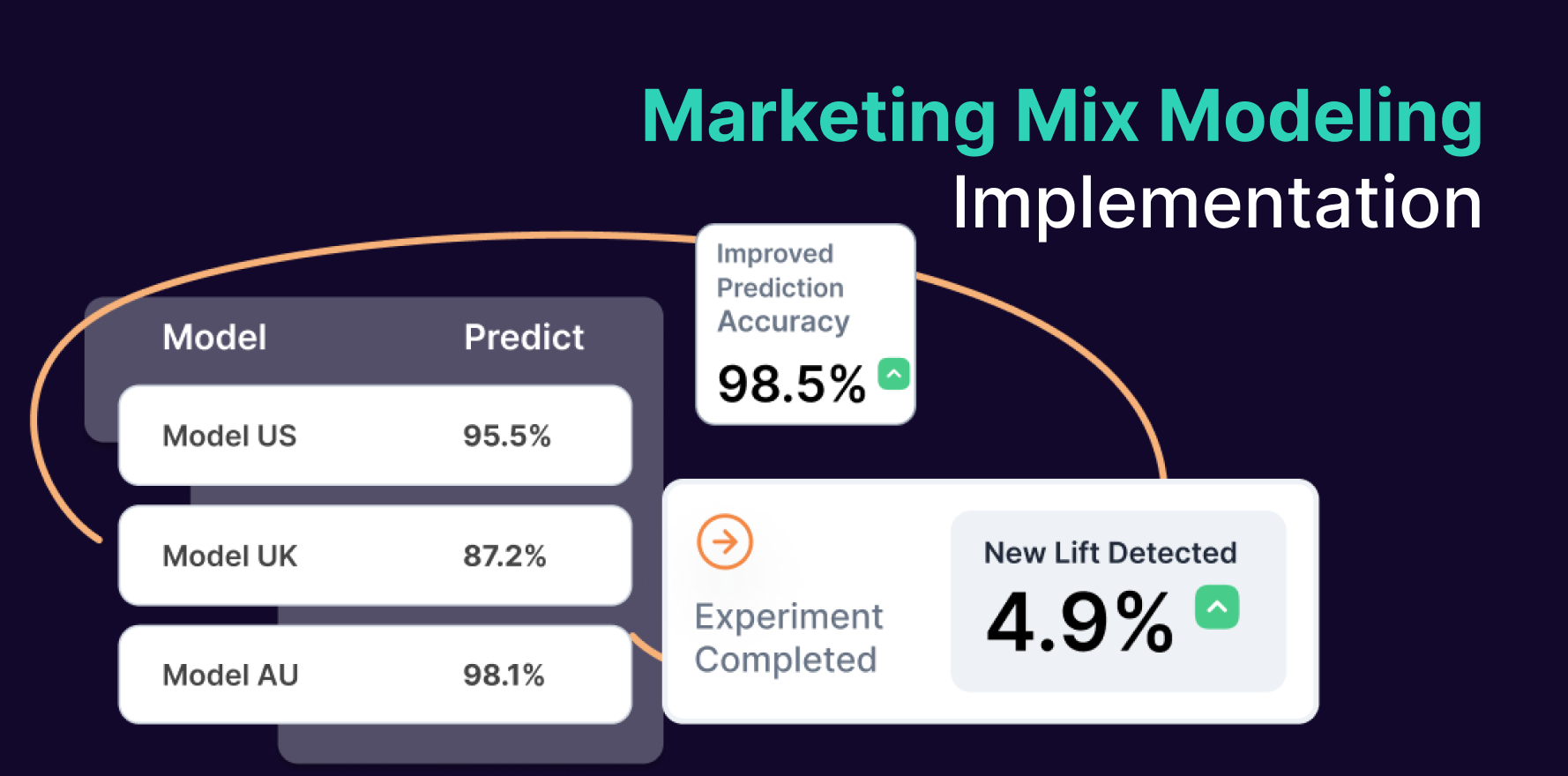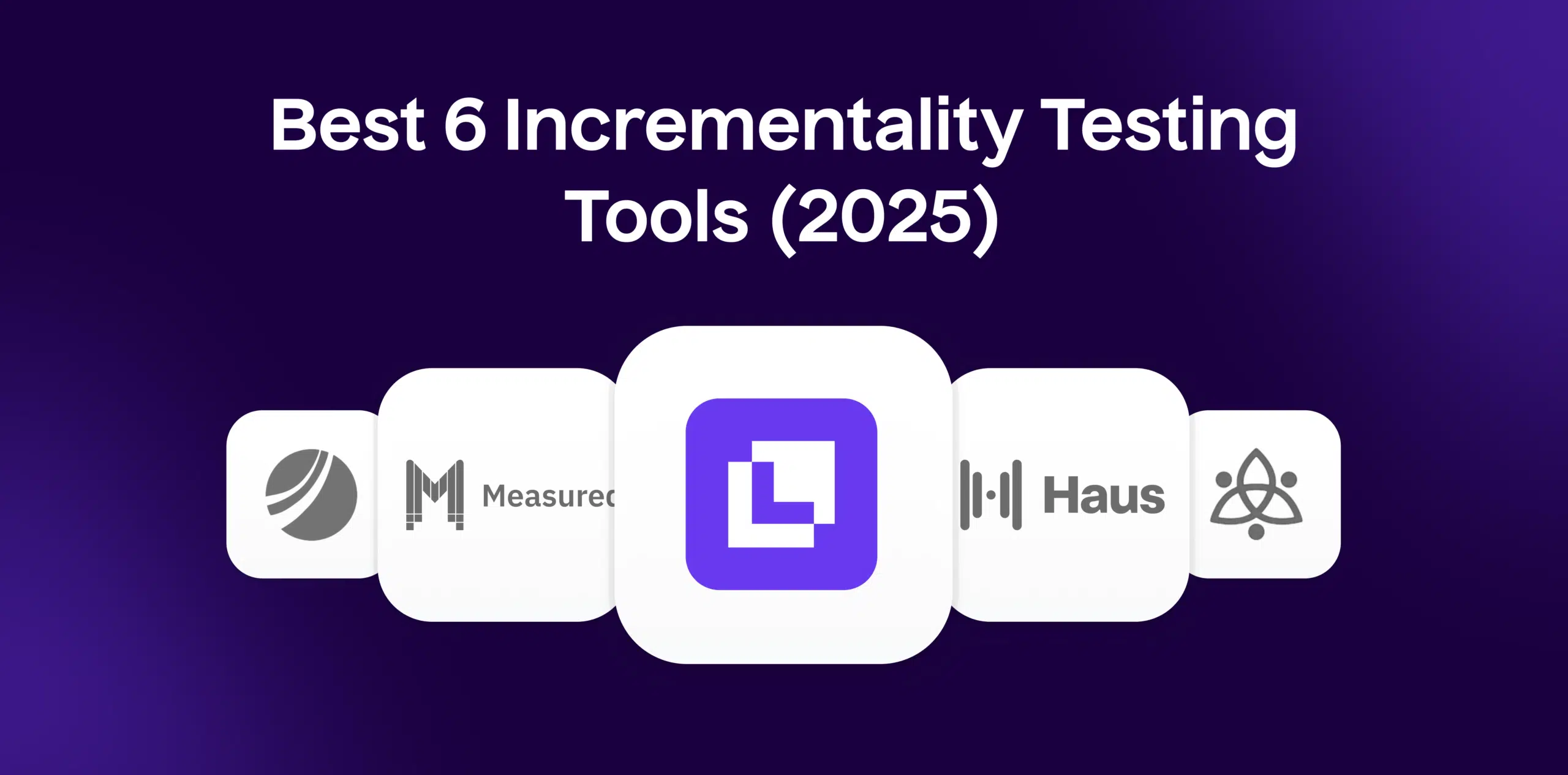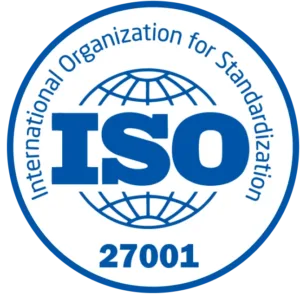What is TVOD (Transactional Video on Demand)?
Transactional Video on Demand (TVOD) is a video monetization model where users pay a one-time fee to access specific pieces of content. Unlike subscription-based models, TVOD offers flexibility by allowing users to purchase or rent individual videos, providing access for a limited time or indefinitely.
Formula
The revenue from TVOD can be calculated using:
TVOD Revenue = Number of TransactionsX Price per Transaction
Example
A streaming platform offers a popular movie for rent at $5 per view. If 10,000 users rent the movie, the TVOD revenue is:
TVOD Revenue = 10,000X 5 = $50,000
Why is TVOD (Transactional Video on Demand) important?
TVOD is important as it provides a flexible and user-friendly option for consumers who prefer to pay only for the content they want to watch, without committing to a subscription. It can attract a wider audience and generate significant revenue for platforms, especially for new releases or exclusive content. This model also caters to users who may not frequently consume content but are willing to pay for premium or high-demand videos.
Which factors impact TVOD (Transactional Video on Demand)?
Several factors can influence the success of a TVOD model, including content quality, pricing strategy, marketing efforts, and ease of access. The availability of exclusive or newly released content can significantly drive TVOD transactions. Additionally, user experience and payment options play a crucial role in converting potential viewers into paying customers.
How can TVOD (Transactional Video on Demand) be improved?
To improve TVOD performance, platforms can focus on securing exclusive or high-demand content, optimizing pricing strategies based on market research, and enhancing user experience through seamless navigation and diverse payment methods. Effective marketing campaigns, including targeted ads and promotions, can also boost visibility and attract more users to purchase content.
What is TVOD (Transactional Video on Demand)’s relationship with other metrics?
TVOD is closely related to metrics like Average Revenue Per User (ARPU), Customer Acquisition Cost (CAC), and Content Engagement Rate. While ARPU measures the average revenue generated per user, CAC indicates the cost of acquiring a new customer, and the Content Engagement Rate shows how users interact with the content.
Free essential resources for success
Discover more from Lifesight
























































